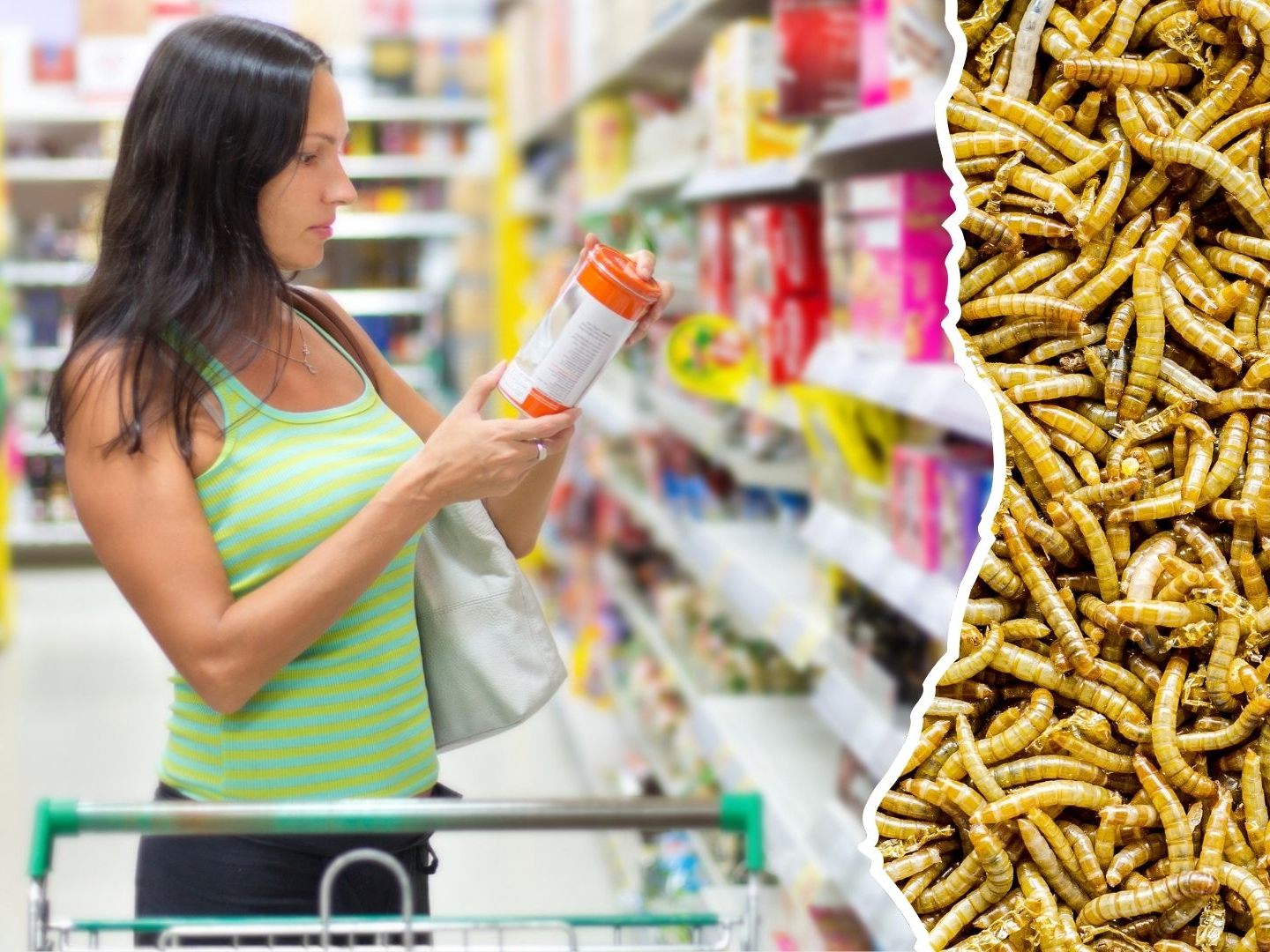Fact Check: Do Foods with Mealworms Need to Be Labeled?

Both in traditional and social media, the new EU regulation on the addition of UV-treated mealworm powder to certain foods is receiving a lot of attention. As is often the case with EU topics, the discussion is also accompanied by misinformation. For example, posts shared on X or Facebook claim that such foods do not need to be labeled.
Mealworm Powder in Foods Must Be Labeled
The fact check shows: This claim is false. Foods containing the larvae of meal beetles or their powder must be clearly labeled, and the ingredient must be listed under the name "UV-treated larval powder of Tenebrio molitor (mealworm)" on the ingredients list.
The larvae of the meal beetle (Tenebrio molitor), commonly known as mealworms, and other insects have been approved as food in the EU since 2021 and have always been labeled, as an APA fact check in early 2023 also confirmed. The only new aspect is that the mealworm powder now contains more vitamin D due to the special treatment with ultraviolet light.
Since February 10, 2025, the UV-treated larvae of the meal beetle - dried and in the form of mealworm powder - are also on the list of "novel foods" in the EU. According to the implementing regulation of January 20, 2025, the powder can now be used in bread and pastries, cakes, pasta, processed potato products, cheese and cheese products, as well as fruit and vegetable compotes.
In bread and cakes, up to four grams of mealworm powder per 100 grams of the final product may be contained, in fruit and vegetable compotes 3.5 grams, while for cheese the maximum content is one gram per 100 grams, as can be seen from the annex to regulation 2025/89.
The approval is based on a scientific opinion commissioned by the EU Commission from the European Food Safety Authority (EFSA) in March 2023. In it, the authority states that there are "no safety concerns" regarding the use of the UV-treated powder. It is safe for the proposed uses and usage amounts.
Labeling Requirement Due to Possible Allergic Reactions
At the same time, the EFSA notes that the consumption of the protein contained in the yellow mealworm can trigger allergic reactions in individuals with allergies to house dust mites and crustaceans. Therefore, the current regulation (Point 11) explicitly requires the labeling of foods containing UV-treated mealworm powder.
It must also be indicated that the product contains vitamin D produced by UV treatment if the vitamin D content reaches a certain level. In this case, the note "contains vitamin D produced by UV treatment" must be visible on the packaging, and the vitamin D content must be stated in the nutritional declaration (Point 8).
According to the current regulation, only the French company Nutri'Earth, which also applied for its approval, is allowed to market the treated mealworm powder. The approval is initially valid for five years.
(APA/Red)
This article has been automatically translated, read the original article here.





